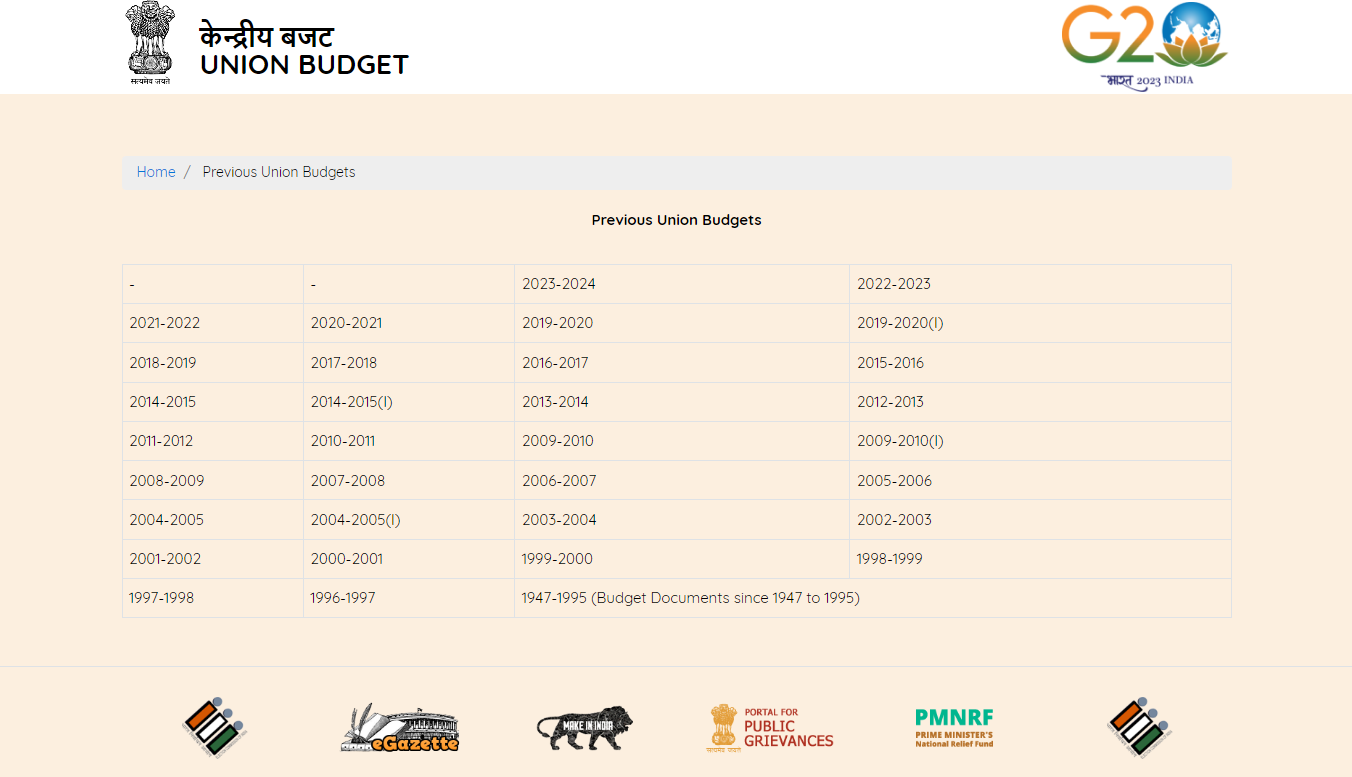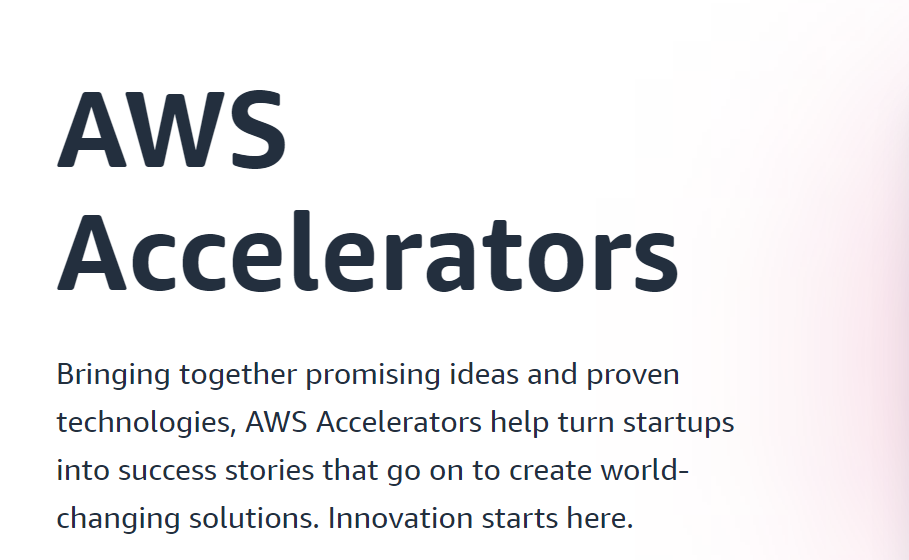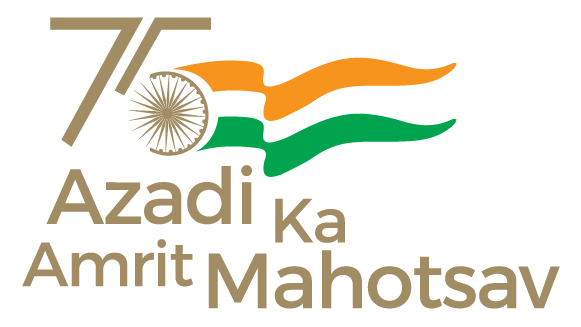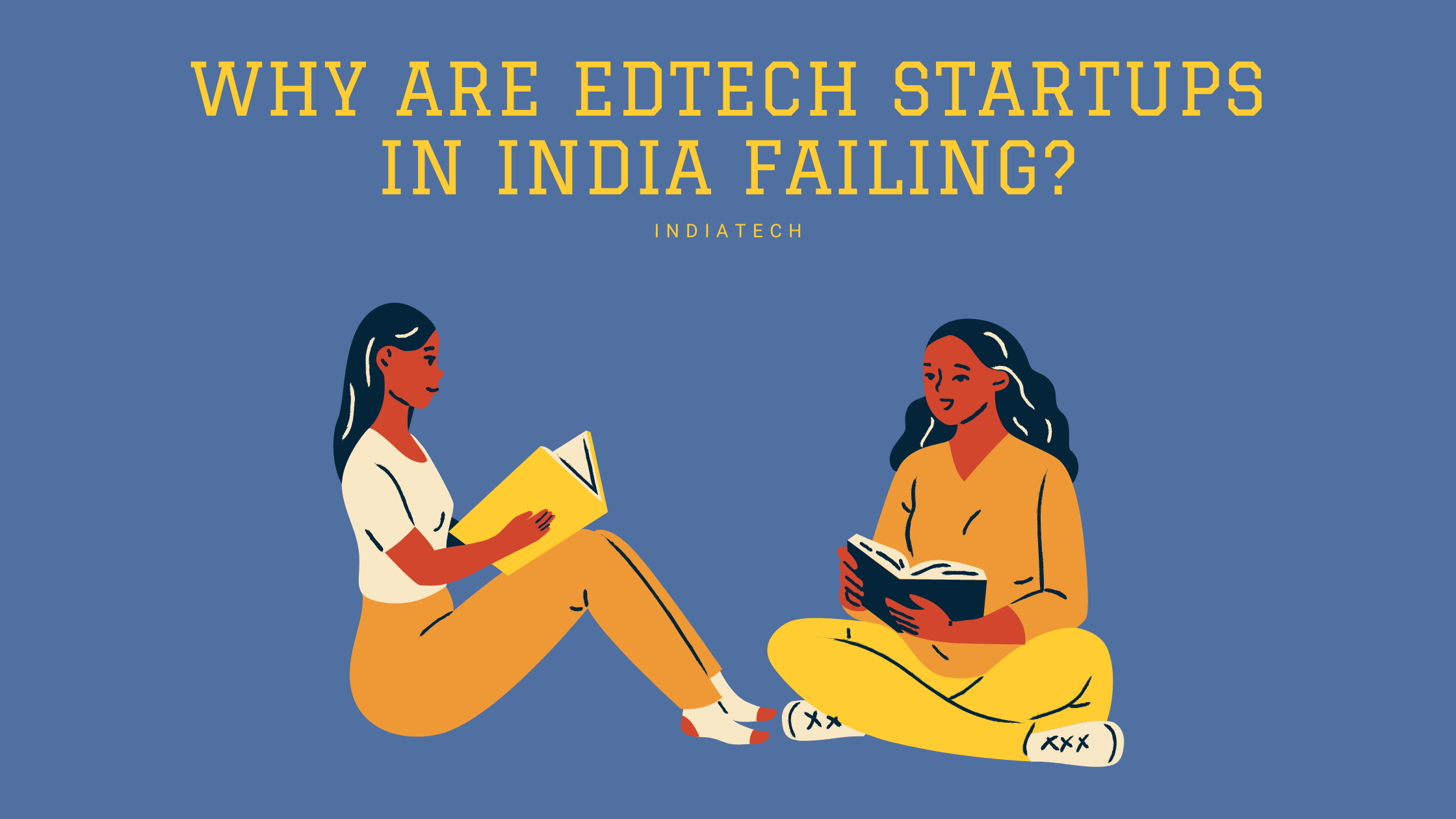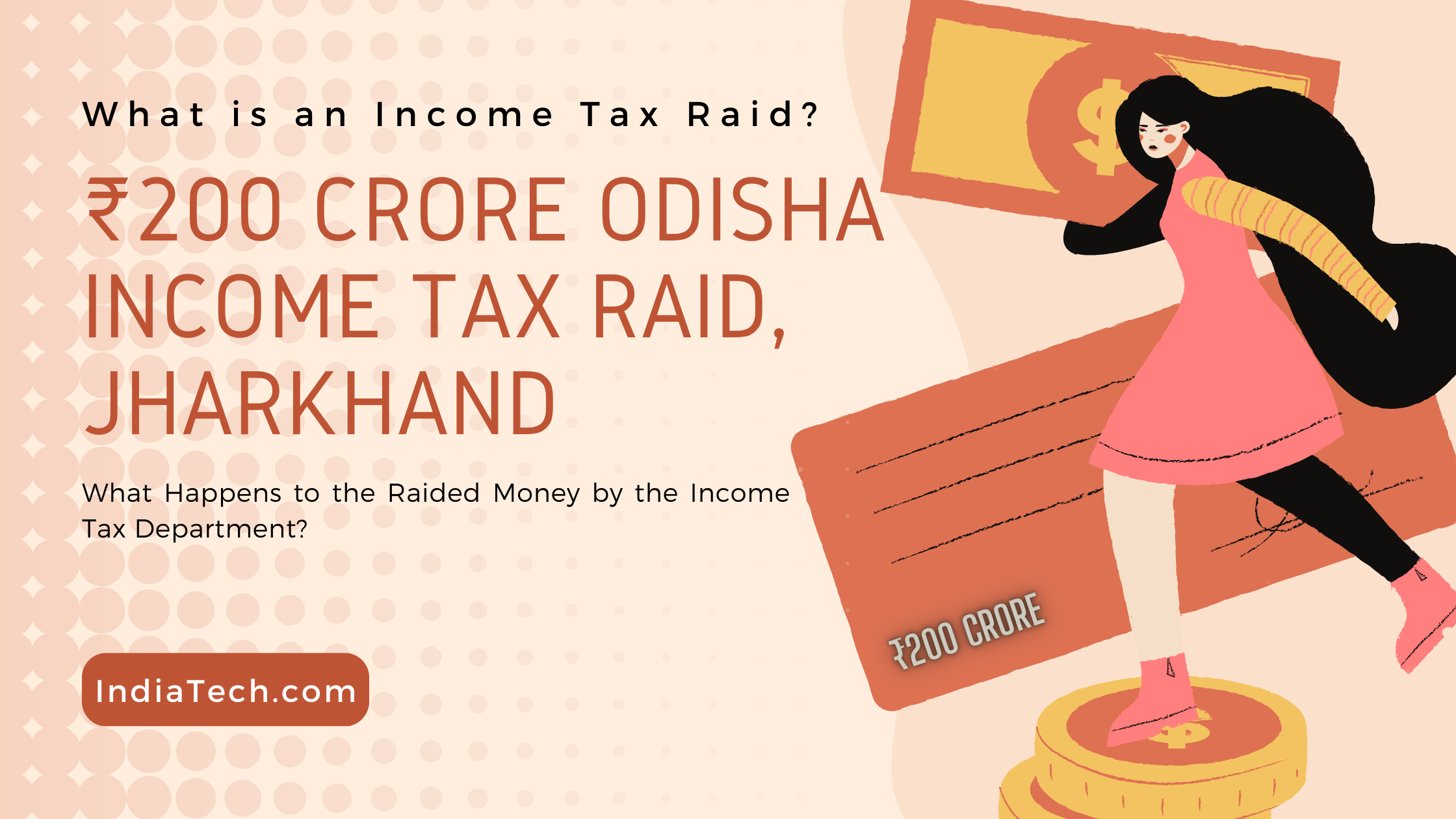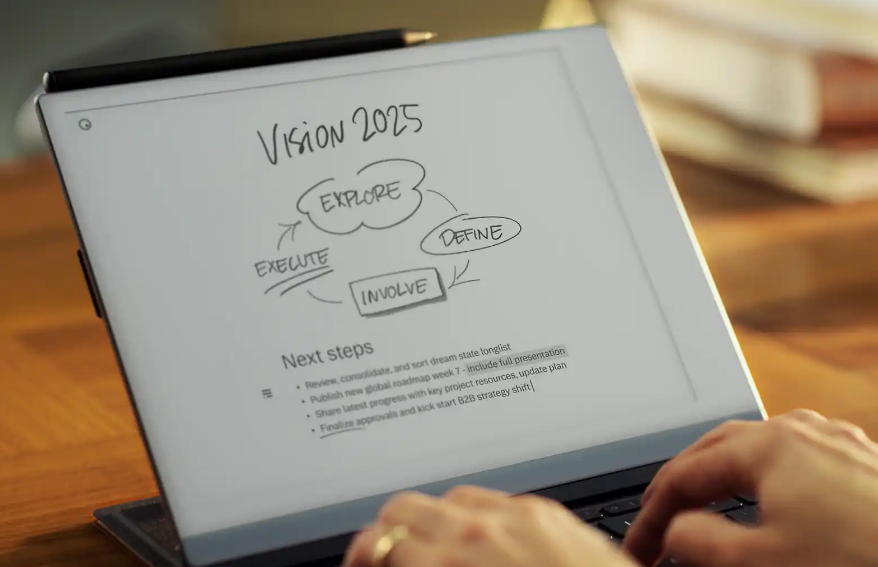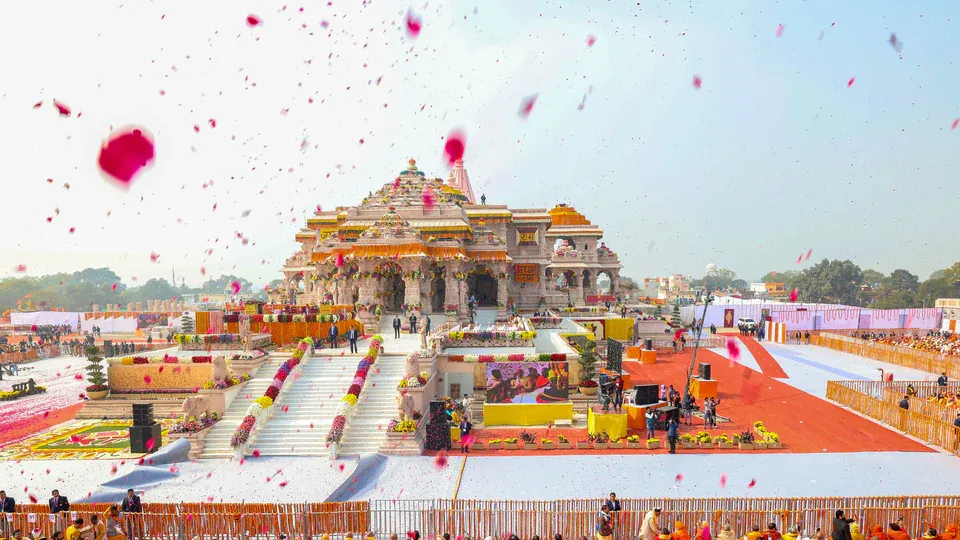Table of contents
Interim Budget vs Annual Budget
Understanding the difference between an interim budget and an annual budget is vital for proper fiscal planning:
What is an Annual Budget?
An annual budget, which is released on February 1st each year, serves as a detailed fiscal plan for the entire fiscal year (April 1–March 31). It elaborates on revenue collection, expenditure allocations, and important policy pronouncements.
What is an Interim Budget?
The interim budget, also referred to as a 'Vote on Account,' is released in election years, usually around February. Its principal goal is to fund necessary government functions until the newly elected government presents a full budget.
Understanding the Difference between Interim Budget and Annual Budget
Unlike the annual budget, the interim budget is intended to be temporary, with no substantial policy adjustments or significant changes to tax systems. This precaution prevents the exiting government from implementing populist policies that might sway voters.
The annual budget is subjected to intensive legislative review because it is comprehensive, whereas the interim budget is subjected to less stringent scrutiny.
Despite its restricted scope and transitory validity, which normally lasts 2-4 months, the interim budget is in force for the entire fiscal year, albeit the impact lessens with the introduction of the new government's full budget.
Understanding the Interim Budget 2024
The fiscal deficit target for FY25 is 5.1 per cent of GDP. Additionally, the fiscal deficit objective for FY24 was reduced to 5.8 per cent. The capital expenditure (capex) target for FY25 increased by 11.1% to ₹11.1 lakh crore, indicating a strong commitment to infrastructure development.
Finance Minister Sitharaman remarked on the Indian economy's significant transition over the last decade, expressing optimism for the future. To be a developed country by 2047, she emphasised the three pillars of democracy, demography, and diversity as the driving reasons behind Indian aspirations.
Following the budget announcement, the stock market had significant reactions. Pradeep Gupta, Co-founder and Vice-Chairman of Anand Rathi Group stated that the budget corresponds with the government's focus on boosting internal macroeconomic variables.
The fiscal responsibility proved, a decreased fiscal deficit, could be attractive to foreign investors, particularly given the planned $25 billion bond offering in June.
The budget's main elements focus on infrastructure, tourism, logistics, and research innovation, which aligns with the government's commitment to fiscal responsibility and a projected fiscal deficit of 4.5 per cent of GDP by FY26. This strategic tactic is projected to create continuous and sustained economic growth.
Source: (1)
Source: (2)
Railway
Finance Minister Sitharaman presented revolutionary railway projects, including the conversion of 40,000 standard train bogies into Vande Bharat coaches. The move aims to improve safety, convenience, and passenger comfort.
Three key railway lines, namely port connectivity, energy-mineral-cement, and high traffic density, were also announced. These corridors, combined with specialised freight lanes, are expected to boost GDP growth and save logistics costs.
Sanjay Moorjani, Research Analyst at SAMCO Securities, emphasised the potential for creating employment and enhanced tourism as a result of the conversion of train bogies into Vande Bharat coaches.
Lakhpati Didi Scheme
The budget includes an interesting announcement: the 'Lakhpati Didi' Scheme, which is intended to empower rural women. According to Sitharaman, 83 lakh self-help groups, including nine crore women, have already altered the rural socioeconomic landscape.
The success of the initiative led to an increase in the intended number of recipients from 2 crore to 3 crore. Veer Trivedi, Research Analyst at SAMCO Securities, emphasised the scheme's potential to dramatically improve rural women's economic position, hence stimulating the rural economy and increasing loan demand for microfinance institutions.
Green Energy
With an eye towards the promise to 'net zero' by 2070, the budget contained many green energy measures:
- Viability gap funding for exploiting offshore wind energy potential with an initial capacity of one gigawatt.
- Increasing coal gasification and liquefaction capacity to 100 million tonnes by 2030.
- Compressed biogas (CBG) will be progressively blended into compressed natural gas (CNG) and piped natural gas (PNG).
Electric Vehicles (EV)
Finance Minister Sitharaman has announced initiatives to boost production and charging infrastructure for electric vehicles (EVs). Payment security features will encourage the increasing use of e-buses in public transportation networks.
Kartik Narayan, CEO of TeamLease Services, emphasised the forward-thinking strategy to significantly grow the electric vehicle ecosystem, tackling a critical barrier: a lack of public charging stations.
Tourism Promotion
States will be encouraged to develop renowned tourist centres and create a ranking system based on facilities and service quality. States will receive long-term interest-free loans to fund these initiatives.
Port connectivity, tourism infrastructure, and facilities would be developed on the islands, including Lakshadweep. This project intends to promote tourism while simultaneously creating employment, indicating a purposeful approach to strengthen both the tourist and job sectors.
Foreign Direct Investment (FDI) and Technology
Finance Minister Sitharaman highlighted the successful period of FDI inflows from 2014-23 and emphasised the need to negotiate bilateral investment treaties. The emphasis remains on 'first developing India,' with an eye on long-term foreign investment.
A ₹1 lakh crore loan with a 50-year interest-free period was launched to support private sector research and innovation in new domains. Manick Wadhwa, Director at SKI Capital, emphasised the potential benefits for the IT industry and the sunrise sectors, anticipating that the money will help India's global technological leadership.
Healthcare and Housing
All Anganwadi and Asha workers would receive Ayushman Bharat coverage, and maternal and child healthcare systems would be merged into a single scheme. Despite COVID concerns, the Pradhan Mantri Awas Yojana (Grameen) implementation has continued, with plans to build two crore more dwellings over the next five years.
These efforts demonstrate the government's dedication to comprehensive healthcare and housing solutions, especially in the face of adversities.
MSME
The budget prioritises training for MSMEs to compete worldwide and promote their growth. Initiatives such as the Skill India Mission, upskilling and re-skilling programmes, and the development of 3,000 new Industrial Training Institutes (ITIs) seek to increase the manufacturing sector's contribution to GDP.
Kartik Narayan, CEO of TeamLease Services, emphasised the importance of a complete strategy for employment creation and the strengthening of the PLI and Make in India programmes.
Agricultural Sector and Food Processing
Efforts to improve value addition and increase farmer income are a top priority. Pradhan Mantri Kisan Sampada Yojana and Pradhan Mantri Formalisation of Micro-Food Processing Enterprises Yojana has had a positive impact on farmers and SHGs.
The government's commitment to fostering both private and public investment in post-harvest activities is projected to accelerate sector growth.
India: A Developed Country by 2047
Finance Minister Sitharaman's budget address reflected a forward-thinking perspective, embracing the transformative significance of new technologies and data in improving lives, creating economic opportunities, and providing high-quality services at reasonable prices.
The government's establishment of a ₹1 lakh crore fund for fostering research and innovation in new fields resonates with its emphasis on leveraging youth and technology potential.
The 2024 Interim Budget establishes a strategic framework for the coming fiscal year, emphasising fiscal sustainability, long-term growth, and sector-specific initiatives.
The government's focus on infrastructure development, green energy, tourism marketing, and inclusive growth demonstrates a complex and forward-thinking approach to economic governance.
As the budget sets the tone for the year, stakeholders, investors, and citizens eagerly anticipate the implementation of these policies and their influence on India's economic environment, awaiting the elections.
